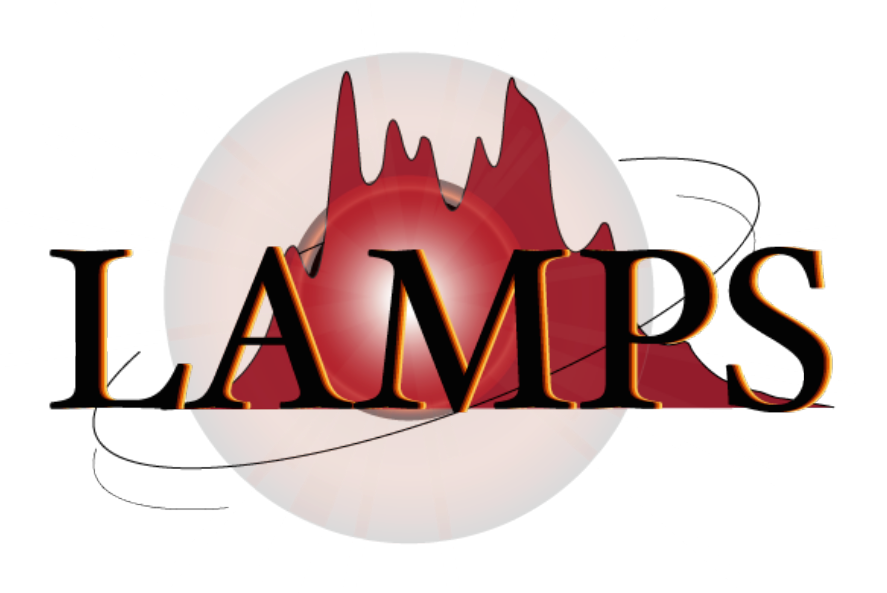Keywords: Topological and variational methods (F. Nacry, M. Sofonea); Variational inequalities and calculus of variations (F. Nacry, M. Sofonea); Discrete and continuous optimizatin (F. Nacry, M. Sofonea, A. Adjé); Tropical mathematics (W. Briec); Optimal control (F. Nacry, M. Sofonea); Well-posed problems (M. Sofonea);
The Nonlinear Analysis and Optimization theme covers several objectives :
- The study of various mathematical objects, concepts and problems (mainly non-linear) in an abstract functional framework;
- Illustrating their applications in the theory of partial differential equations, mathematical economics and mechanics.
Nonlinear problems abound in mechanics, physics, economics and everyday life. They are varied, complex in structure and require specific mathematical tools to study them, calling on a wide range of skills, from convex analysis to non-regular analysis and multivariate analysis, via functional analysis and measurement theory. The aim of this theme is to make a theoretical contribution to the development of these tools and to illustrate their potential applications. To do so, we (generally) place ourselves in an abstract functional framework (Hilbert spaces, Banach spaces, metrics, topological vector spaces).
We focus on the theory of metric regularity (which represents a fundamental tool akin to "constraint qualification" in optimization) and study the properties of non-smooth sets and functions (distance functions, strong convexity and prox-regularity, subsmooth and alpha-far sets, primal lower regularity, semiconvexity) and "non-standard derivatives" (subdifferentials and slopes).
We apply these tools to the study of various nonlinear problems for which we obtain resultats of existence, uniqueness and regularity of solution. For example, we have considered variational and hemivariational inclusions and inequalities associated with memory operators, with unilateral time-dependent constraints. In addition, we introduced a new concept of "well-posed problem" that generalizes classical concepts (by Tykhonov, Levitin-Polyak and Hadamard, for example) existing in the literature. We have applied these abstract results to the analysis of static and quasi-static contact problems, with or without friction, while clarifying their mechanical interpretation.
We also consider optimization problems where the constraints are the attainable states of a discrete-time dynamic system, and the objective function is a function of the state variable. The optimal solution in this context is a pair consisting of an initial state and an integer corresponding to the number of iterations to reach the optimal value. The nature of the problem is generally non-convex, firstly in terms of the constraints structure, which is an infinite union of convex compacts in the best case, and secondly in terms of the objective function, which in many intersting cases is convex but to be maximized.
Among other directions developed in this theme, we also use the properties of the distance function as well as duality and non-convexity arguments to tackle some specific problems arising in mathematical economics, notably concerning game theory and production theory. Part of the work involves applying fairly classical mathematical models to evaluate efficiency in economics, often by applying linear programming and operations research techniques. A second part of the work involves studying generalized convexity structures of the Max-Times type, and analyzing their symmetrizations and associated separation issues. These approaches are fairly abstract, but have implications for the close-form evaluation of distance functions and enable us to establish associated duality results.

